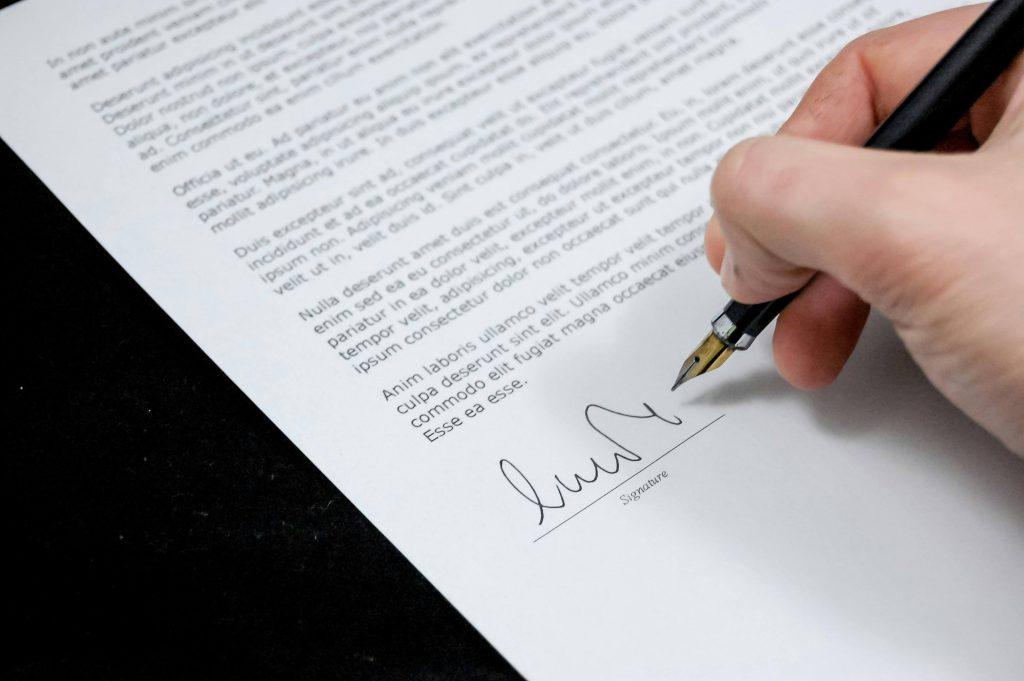How to Write a Professional Email
Last Updated on 27 August 2024 by Olga Lapshinova

Writing a professional email can seem tricky, especially if you’re not familiar with the conventions. Whether you’re applying for a job or reaching out to a colleague, a well-crafted email makes a strong impression. In this guide, we’ll walk you through how to write a professional email step by step.
Why is a Professional Email Important?
Table of Contents
A professional email serves various purposes. First, it reflects your communication skills. A clear and concise email can show your competence and professionalism. Did you know that 72% of recruiters consider written communication a crucial factor in hiring? That’s why it’s essential to master the art of professional emails.
Start with a Clear Subject Line
The subject line is the first thing your reader sees. Keep it brief yet informative, typically no more than 8-10 words.
- Examples of good subject lines:
- Job Application – Marketing Intern
- Follow-Up on Our Meeting Discussion
Also, make sure to avoid vague subjects like “Hello” or “Important.”
Choose the Right Greeting
Starting your email correctly sets the right tone. Use “Dear [Name]” for formal emails and “Hi [Name]” for more casual correspondence.
- If you don’t know the person’s name:
- Dear Hiring Manager
- Hello Team
Make sure you spell the recipient’s name correctly! This shows attention to detail and respect.
Keep It Concise and Relevant
Your reader is likely busy, so get to the point quickly. Aim for short paragraphs of 2-3 sentences.
- Example:
- “I hope this message finds you well. I wanted to follow up on our last discussion about the marketing project.”
You don’t need to include too much background unless it’s necessary.
Use Professional Language
Avoid slang and overly casual language. Always tune your language based on the audience. Here are some tips:
- Use complete sentences.
- Avoid emoji and exclamation marks.
- Keep technical jargon to a minimum, unless you’re sure the recipient will understand.
According to a study published in the journal Business Communication Quarterly, clarity is essential in business emails, and simple language can increase your comprehension ratings.
Be Careful with the Tone
The tone of your email matters. If it’s serious, steer clear of humor. In written communication, it’s often harder to detect tone.
- A helpful tip is to read it out loud. Does it sound appropriate for your audience?
Use words that convey respect and professionalism. Overuse of casual tone can come off as unprofessional.
“If you would be understood, be clear.” — Anonymous
Use Bulleted Lists for Clarity
When you have multiple points to make, consider using a bulleted list. It improves readability and helps you highlight key information.
- For example:
- Project deadline: October 30
- Resources needed: budget report and research materials
- Follow-up meeting schedule: November 2
This format can help in quickly conveying information without overwhelming your reader.
End with a Polite Closing
Just as you began with a proper greeting, wrapping things up with a nice closing is essential. Common closings include:
- Sincerely
- Best regards
- Thanks for your understanding
Add your name and any position or other relevant details below your closing to give context.
Proofread Before Hitting Send
No one wants to send an email full of typos or confusing sentences. Take a moment to review your email.
- Look for:
- Spelling and grammatical errors
- Clarity of ideas
- Proper names and titles
Tools like Grammarly can help identify mistakes you might miss.
Include a Signature

If your email is for business, including a signature is a must. This formalizes your communication.
Your signature should include:
- Your full name
- Your position
- The company name
- Contact information
Here’s a simple example of a signature:
Best regards,
Jane Doe
Marketing Coordinator
XYZ Corporation
(123) 456-7890
jane.doe@example.comFollow Up If Necessary
If you haven’t heard back in a week or two, it’s perfectly acceptable to send a friendly follow-up. A prompt such as, “Just checking to see if you had a chance to review my previous email…” can do wonders.
Final Thoughts
Mastering how to write a professional email is a skill that takes time and practice. Remember, your email speaks volumes about you.
When crafting your next professional email, keep in mind the key elements: a clear subject line, an appropriate greeting, concise content, professional language, and a proper sign-off.
By following these simple steps, you can ensure your email will make a good impression. Remember: a professional email isn’t just about communicating information; it’s about showcasing yourself as a capable and competent individual.
Now that you know how to write a professional email, you’re one step closer to achieving your communication goals! Happy emailing!
